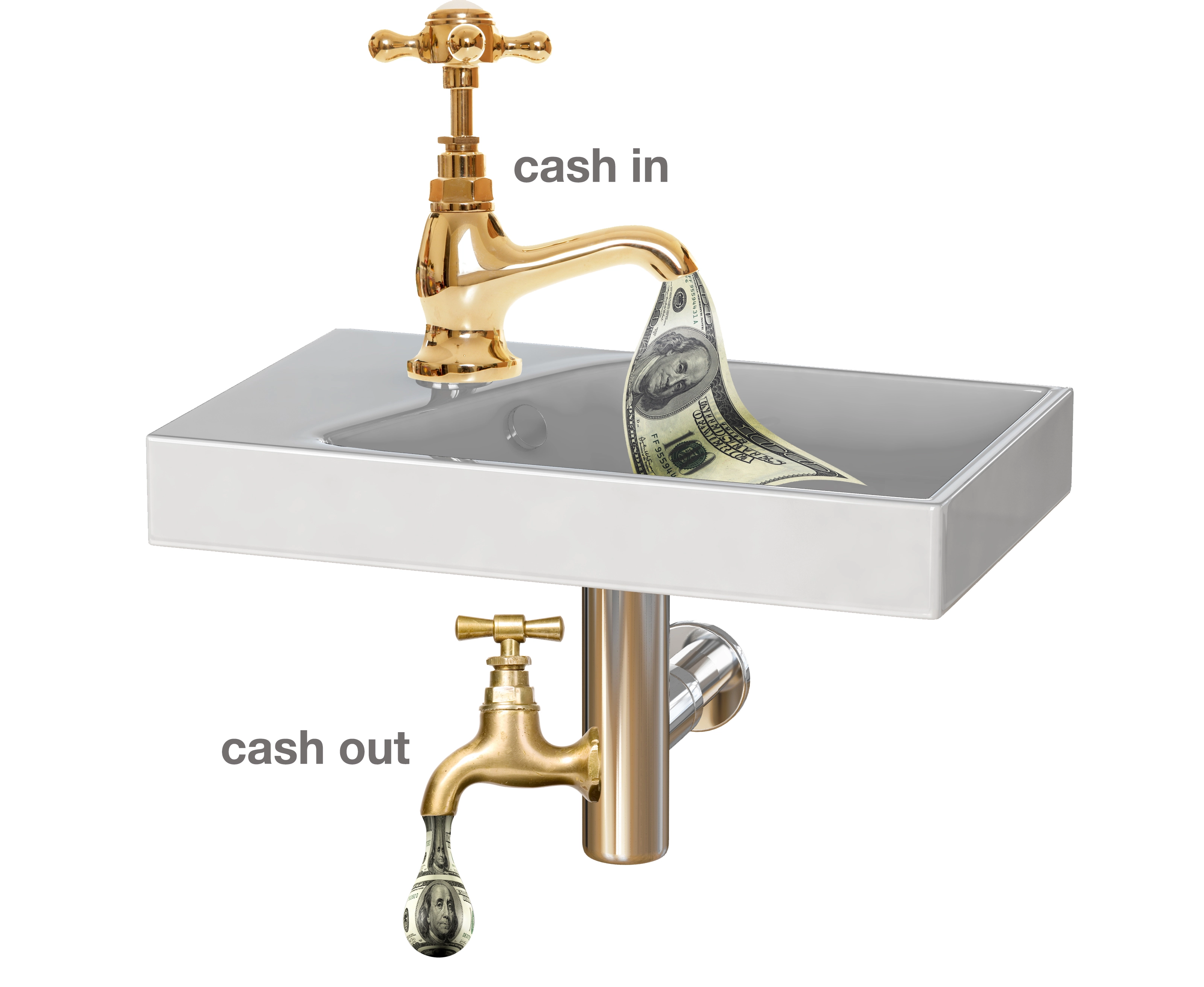Not all training will benefit your bottom line, but it should. Have a solid understanding of methodology, cost, and benefit before making training choices.
Having employees who desire to learn and advance is aprerequisite to investing intraining that can positively benefit an hvacr contractor’s bottom line. Other factors that influence trainingare changes in equipment and products that require new skills and the ongoing practicing or honing of a skill or behaviorto ensure that it will have a long-term,positive effect.The lesson here is to not assume that all training is a good investment.Before investing in training, have a solid understanding of what you expect inreturn. Here are eight questions to askthat will help you to identify successful training programs that will positively impact your bottom line.
1. Why is this training necessary? From a technical perspective, the answer to this question may seem obvious. Equipment changes, so the field employee needs to be able to install and service the new equipment. With the changes in SEER ratings and refrigerants,staying technically competent is critical.It might be harder to justify soft-skill straining: customer service, dispatch,office manager, service manager, andother types of non-technical training.However, owners need to understand financial statements, office personnelneed the skills to properly take care ofyour customers, and managers needtraining to properly manage their teams. Of course, I am assuming that you already have the right people in the right positions. Customer service reps have different skills and mindsets than accountants, for instance. If training is necessary for an employee or manager to be efficient and productive,the course(s) should be specific: How many classes are sufficient? What results can be expected? What is the desired long-term impact on that employee’s career at your company?
2. Who is the best company/person to provide the training?The hvacr industry has many ways to access the training owners and employees need. Manufacturers and distributors provide training. Independent companies provide training as well. Make sure that you find programs that are specifically geared to the skills your company needs.How do you know what these skills are? Set standards for each position, including a list of required skills and behaviors. Then find courses developed by people and trainers who have experience in those areas and can teach that knowledge. (Be aware that someone possessing excellent skills in a subject area doesn’t automatically know how to teach those skills to others. Training experienceis as important as knowledge.)Informal training could also take place when managers and senior field personnel ride with or work with newer employees. Or training can occur during meetings with employees taking the lead teaching a subject that they have expertise in. Managers might ask an employee proficient in an area to discuss a specific work-related topic such as “How I solved this issue” or “Easy ways to accomplish X.” Used even as a lunch-hour activity,these meetings can generate ideas,solutions, and discussion points to help solve specific issues.
3. What does the training cost? Training has tangible and intangible costs. Tangible costs include travel andper diem for employees traveling toattend classes in centralized locations.For classes at your company (includingmeetings), there may be instructor costs;and material and equipment costs such as instructor manuals, trainee manuals,overhead projectors, computer projectors,videotapes, CDs, and DVDs.Intangible costs include employee costs for their salaries and fringe benefits.However, usually a more significant cost is the lost-opportunity cost. Whenan employee is attending a training class rather than doing the job that he is being paid for, you lose that person’s productivity and/or revenue-producingcapability for the time he is training. How much does it cost for a technician not to be in the field for one day? This is the opportunity cost for that technician.
4. What is the best delivery method for the training?There are many options for training delivery. The Internet has given companies much more flexibility with respect to training. Employees and managers can train online, in traditional classrooms, in the field, and througha blended approach of these methods.The choice depends upon the skills and behaviors being taught. Employees can train online using self-directed programs in a learning management system. They also can train online using live video, interactivesessions with a trainer such as those provided by HVACChannel.tv (www.hvacchannel.tv) (Editor’s Note: Kingis the founder of HVACChannel.tv) as well as audio and Power Point programs such as WebEx (www.webex.com) andGoToMeeting (www.gotomeeting.com).Find other online hvacr courses at TheTraining Source (www.hvactraining.com) and HVAC Training Guide (www.hvactrainingguys.com).The Internet cannot replace all classroom and field training. Some training, which includes role-playing to teach behavioral skills or team building,must be done in a traditional classroom for maximum effectiveness.Once a training plan is established fora specific job position, the courses can be chosen to augment the person in that position’s current skill level. Depending on that person’s career path, additional courses can be recommended by that person’s supervisor.
5. How can the success of the training program be measured? Donald Kirkpatrick (www.businessb a l l s . c o m / k i r k p a t r i c k l e a r n i n gevaluationmodel.htm) popularized four levels of training evaluation:
1. Reaction of participants. This is a “survey smile” sheet at the end oftraining in which you ask participants to rate various qualities of thetraining. According to Kirkpatrick,this is popular but not very meaningful.It is useful for the trainer in adjusting the program.
2. Learning. This requires a pre- and post- test that shows how much the participants retained from the training.This testing can show whether the training is effective long term.
3. Application. Does the training transfer the skills learned to the job? Arethe program participants applying what they learned? Supervisors can observe or have formal evaluations to answer this question.
4. Performance. What is the impactof the training on the company?Every employee has an impact on the business. The goals should have been laid out before the training took place(see question No. 1). Did the training allow the attendee to achieve the expected goals?
6. What is the life expectancy of the training program? Is the training program a basic skills program? Or, does the training information get outdated when new rules,regulations, or technology appears? The impact on bottom-line benefits for basic training is less than a 1% improvement,which is very small. And obviously, outdated training is a waste of resources.
7. What is the bottom-line impact of this training program? Training must have a positive effect on the bottom line. With the exception of compliance training, there must be a positive return on investment (ROI) onall training that is undertaken. Measure this by calculating the real cost of training(see question No. 3) and then track the dollars and cents generated as a result of this investment. Calculate the ROI after the class and after a suitable time period for implementation. If the ROI is negative, find out why, and fix it. If fixing it isn’t possible, then discontinue that training course.
8. Is the training worth it? Unless it is required compliance training, if the cost of training is greaterthan the cost of the problem, then don’t train.The right training helps a company’s bottom line. The wrong training can bea waste of precious resources. Choosingthe right training is key to successful investment.
Ruth King has over 25 years of experience in the hvacr industry and has worked with contractors, distributors, and manufacturers to help grow their companies and become more profitable. She is president of HVAC Channel TV and holds a Class II (unrestricted) contractors license in Georgia. Ruth has written two books: The Ugly Truth About Small Business and The Ugly Truth About Managing People. Contact Ruth atruthking@hvacchannel.tv or 770.729.0258.





